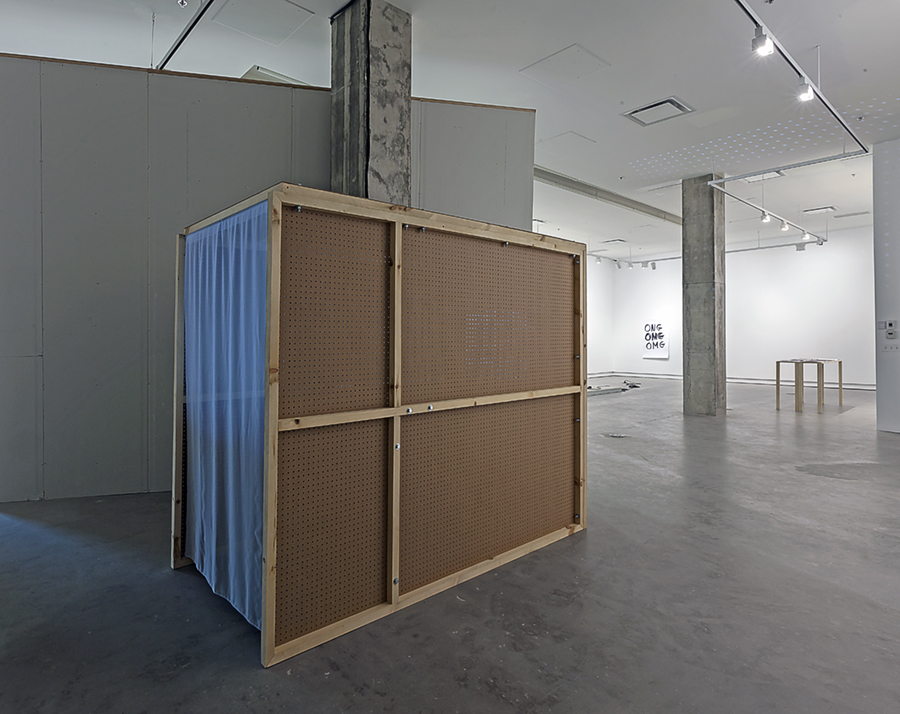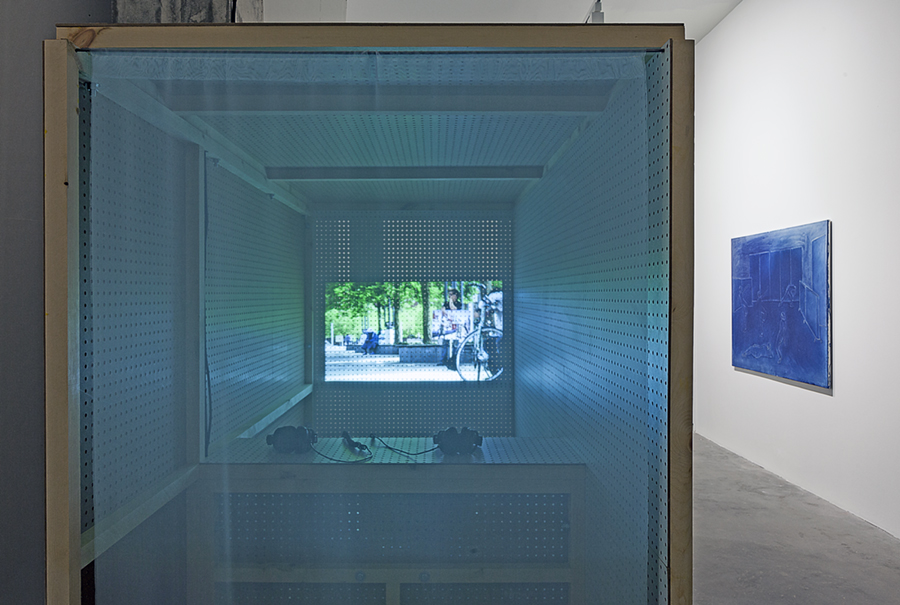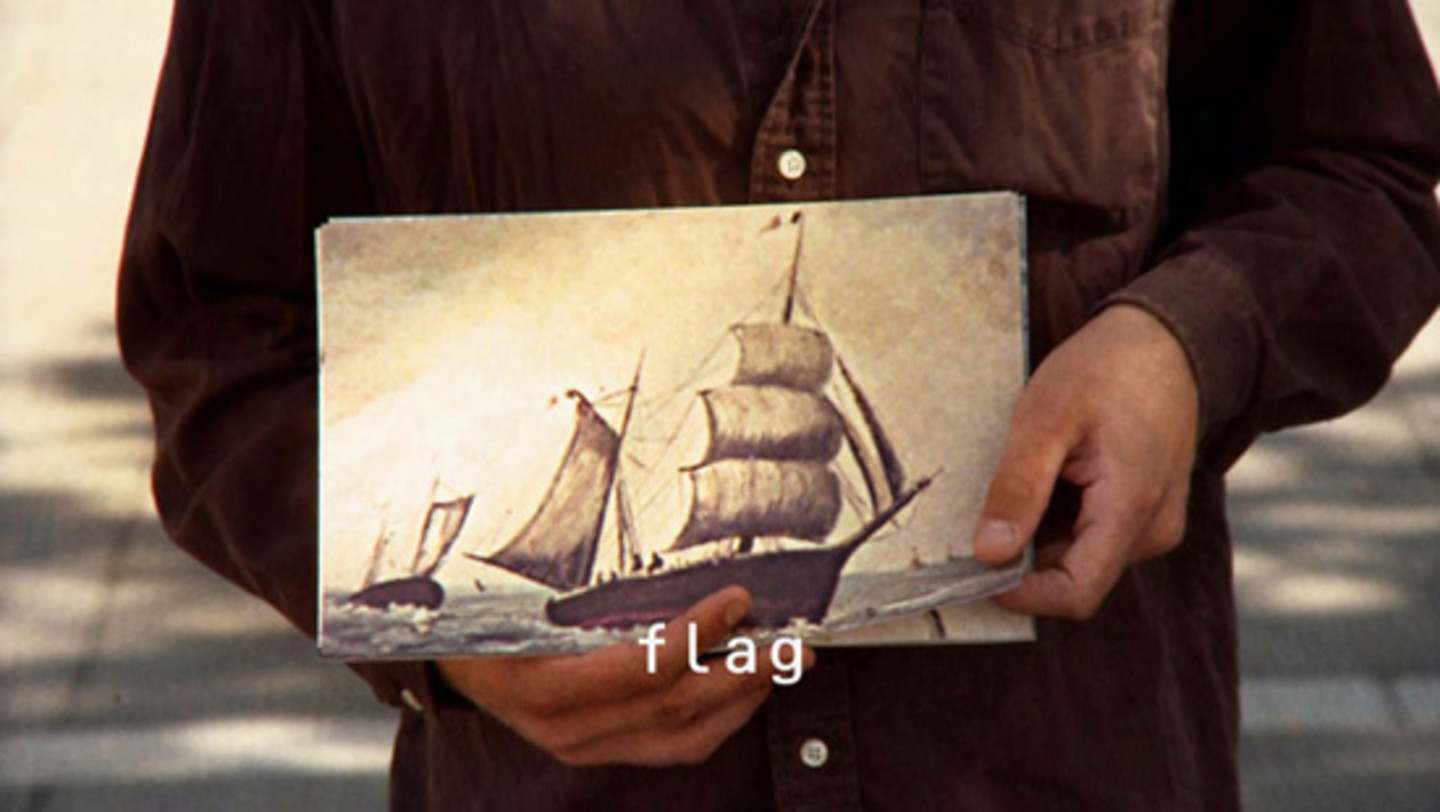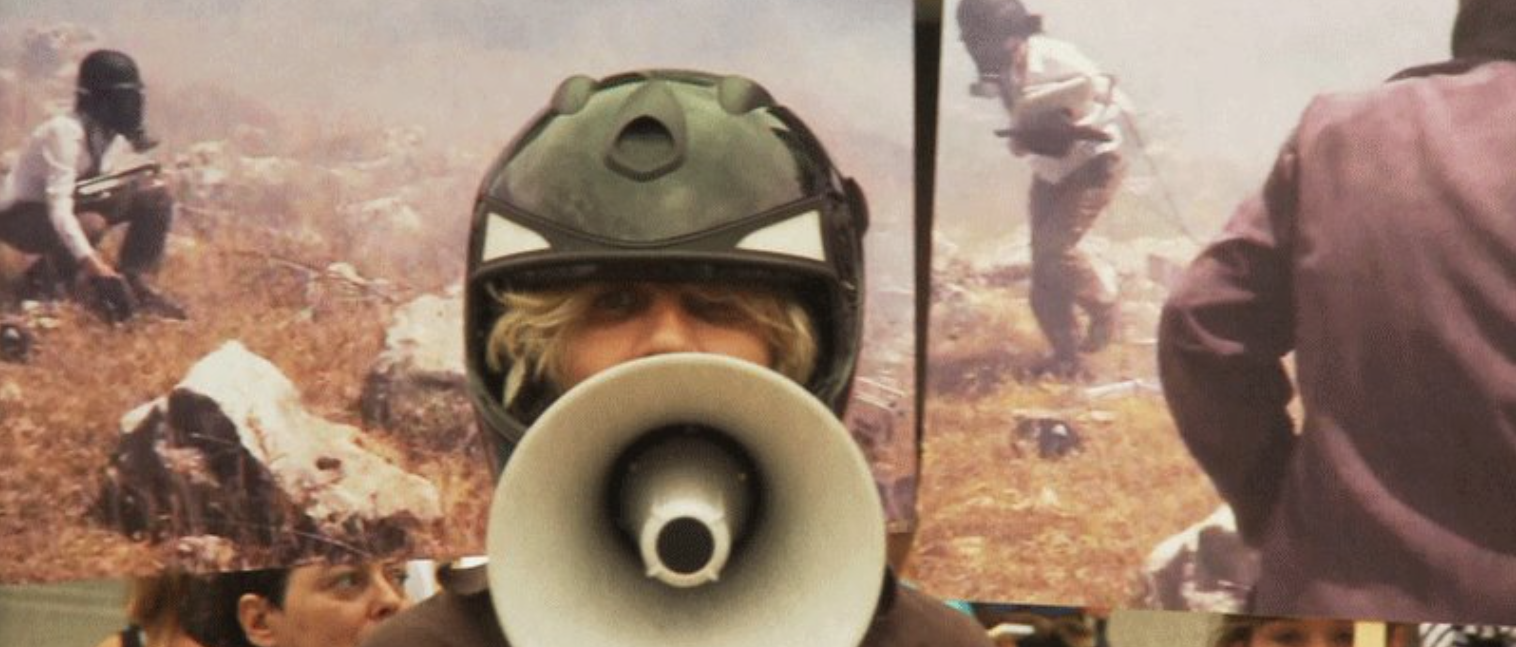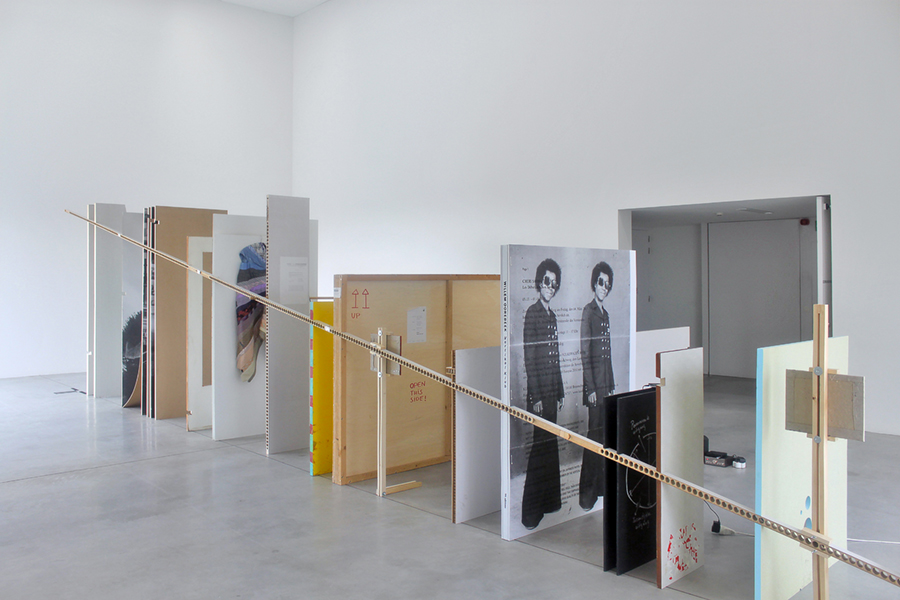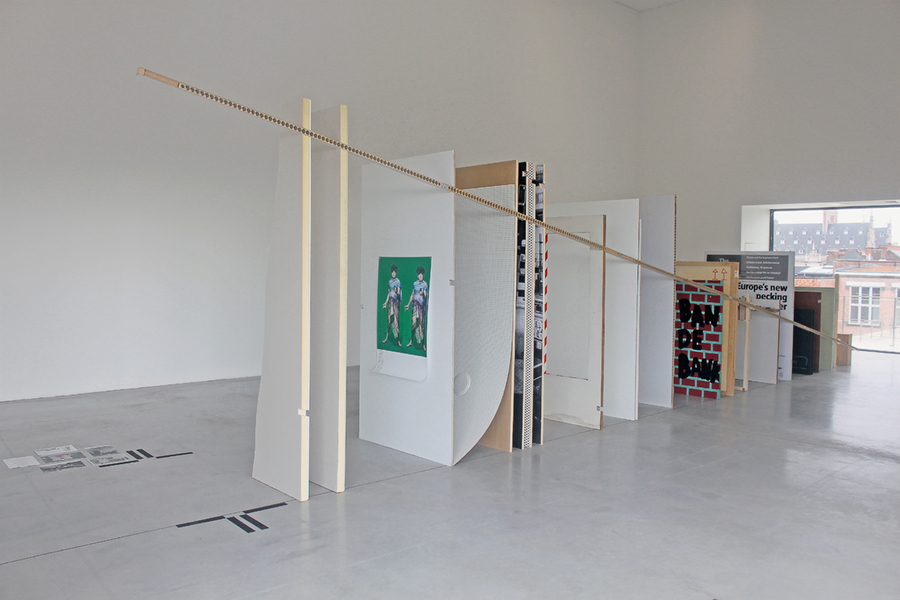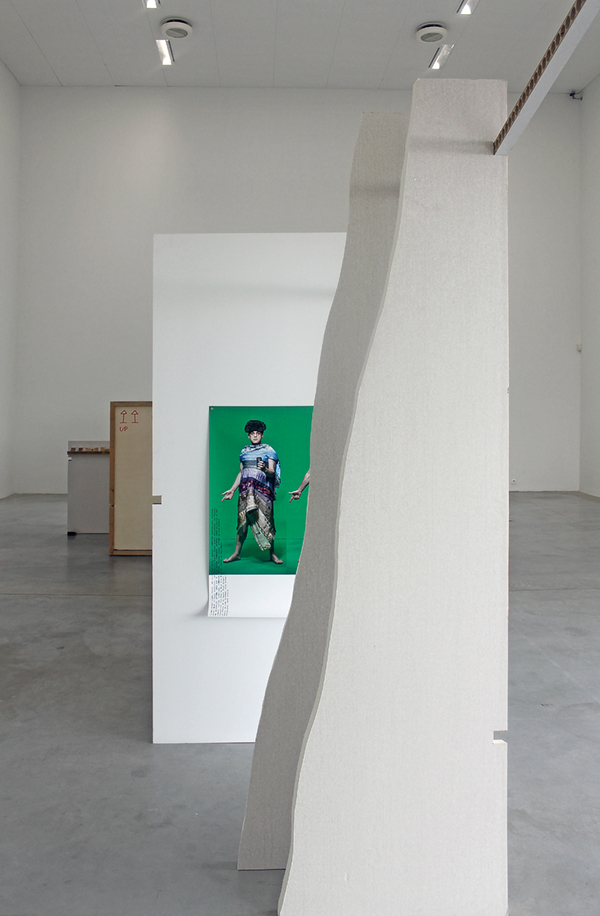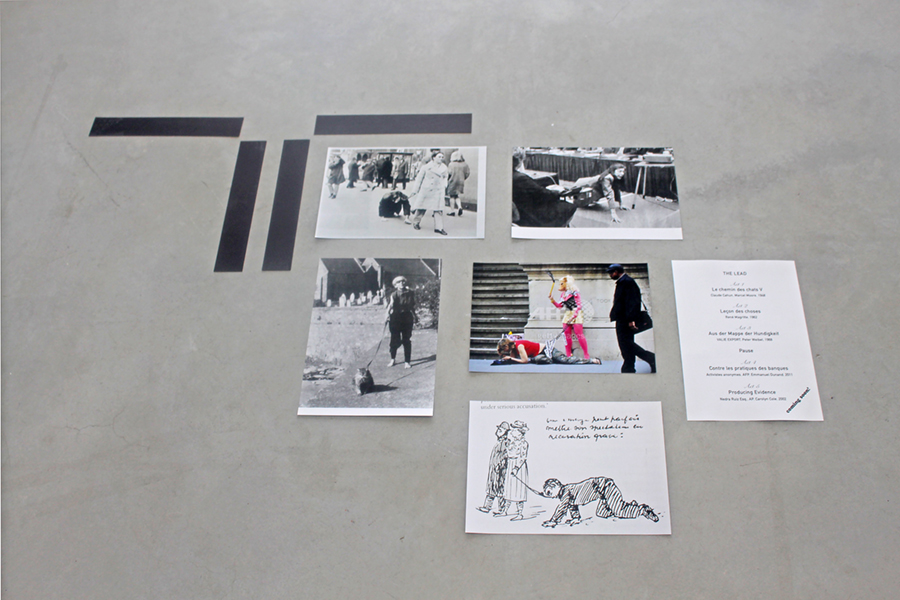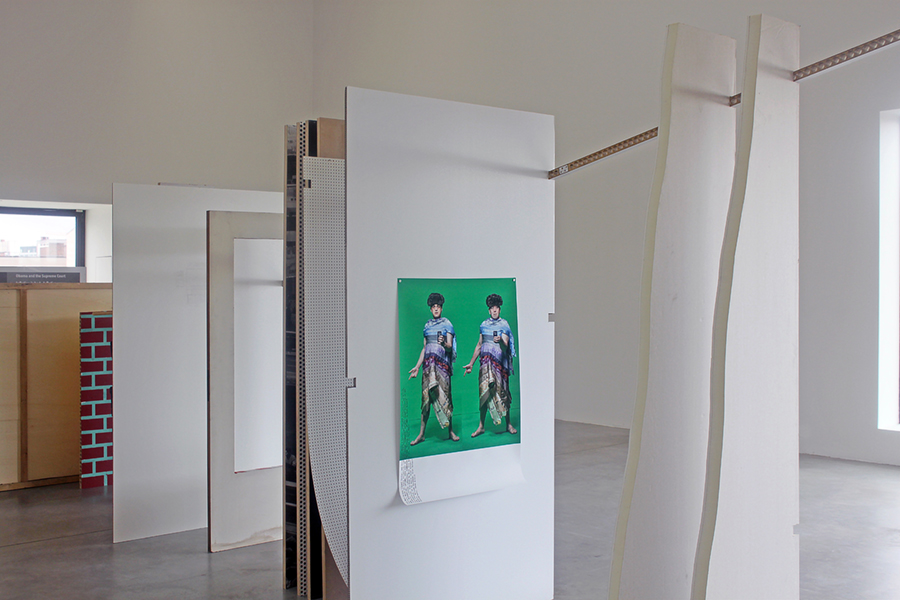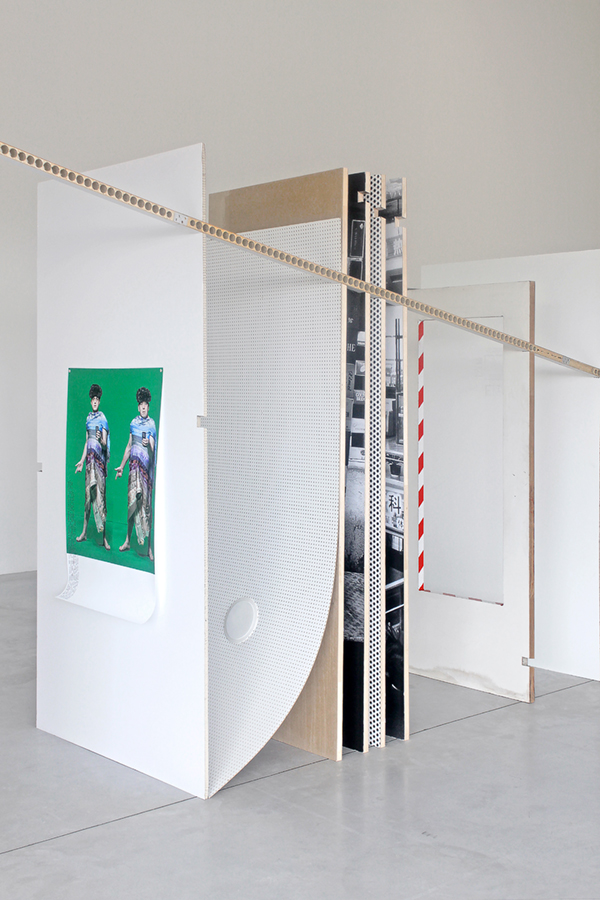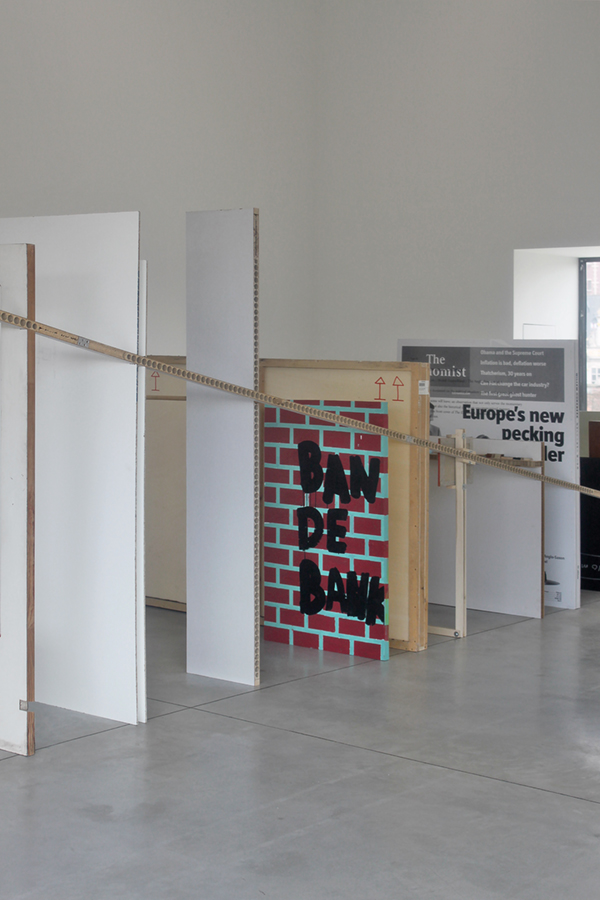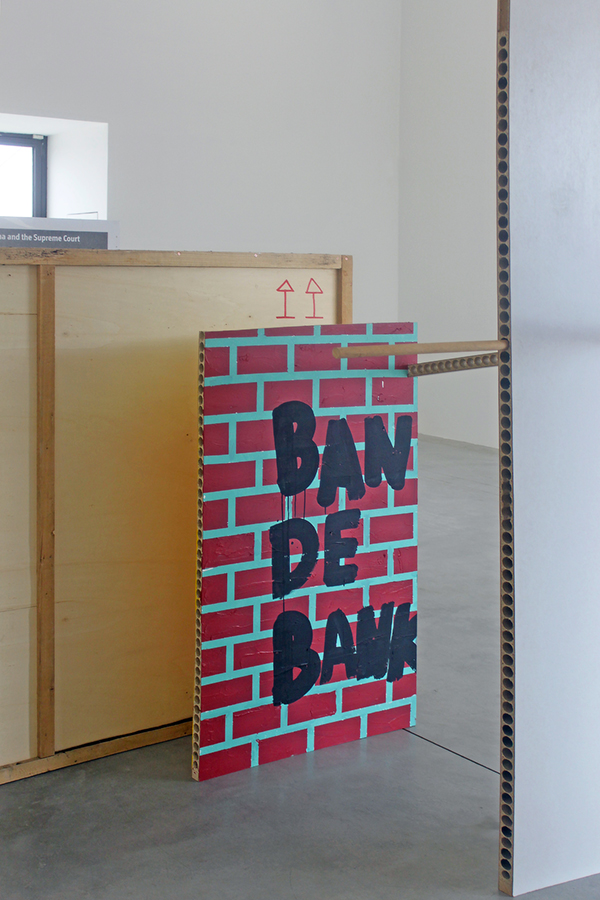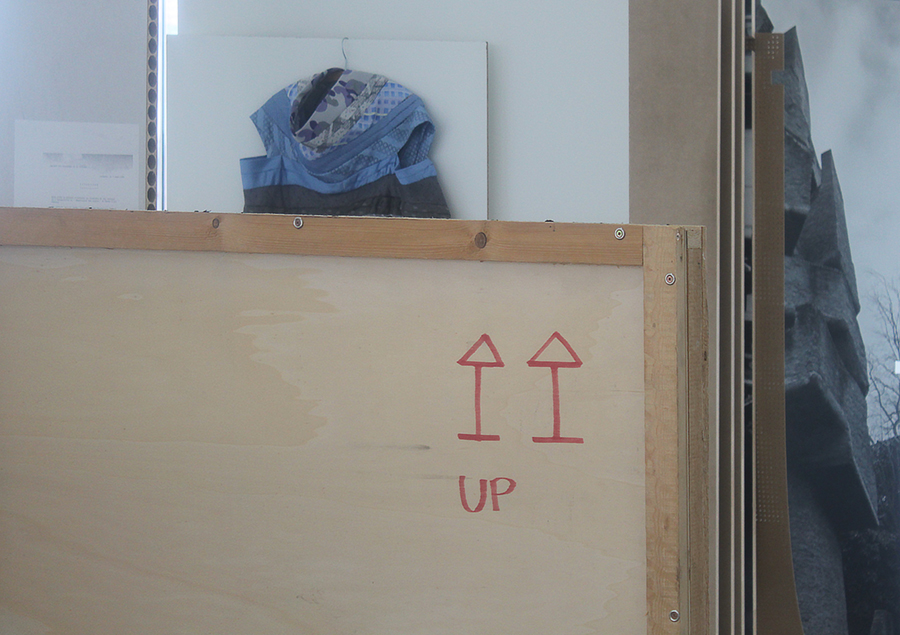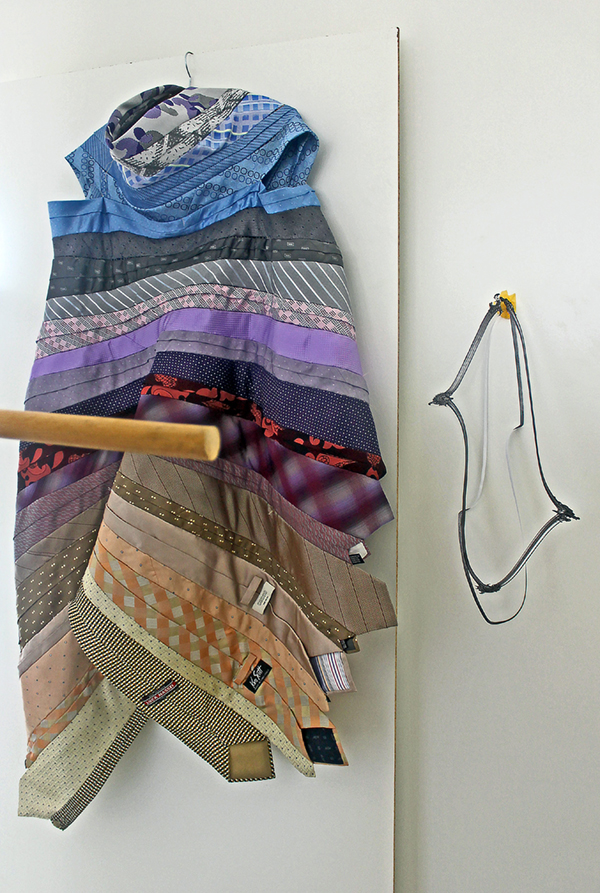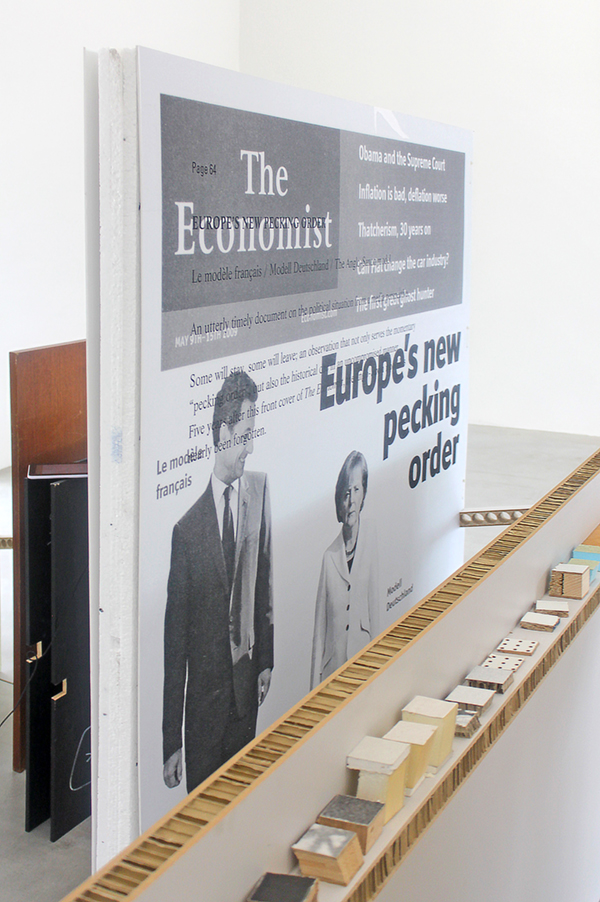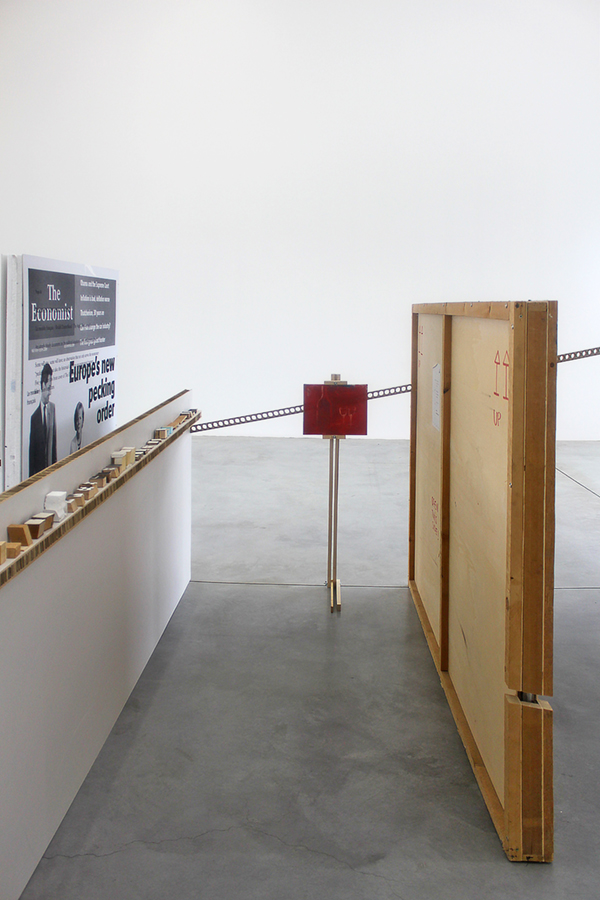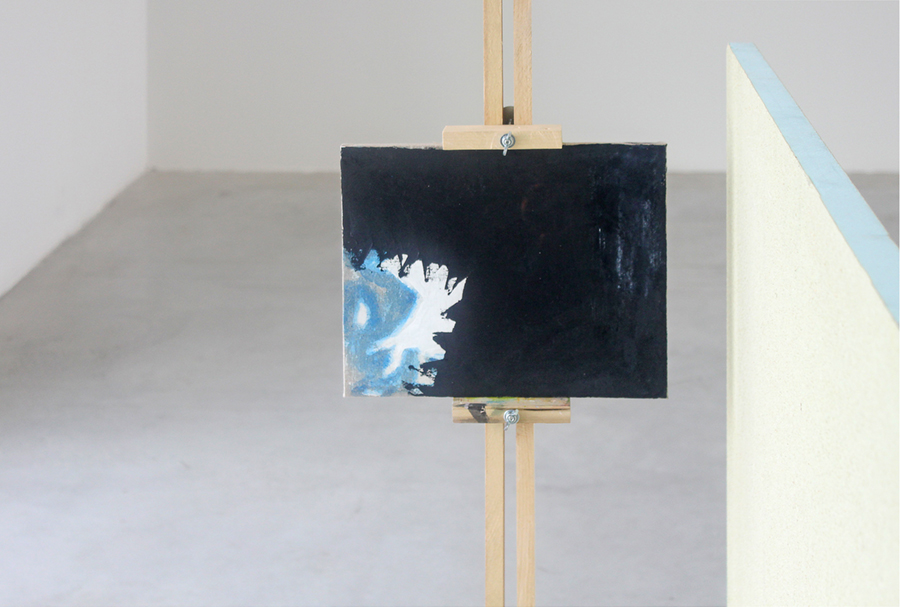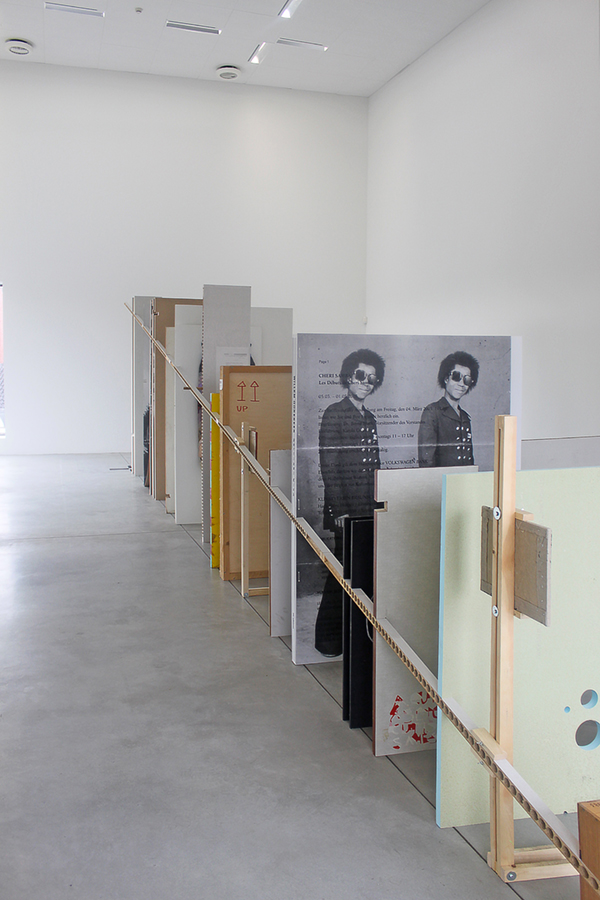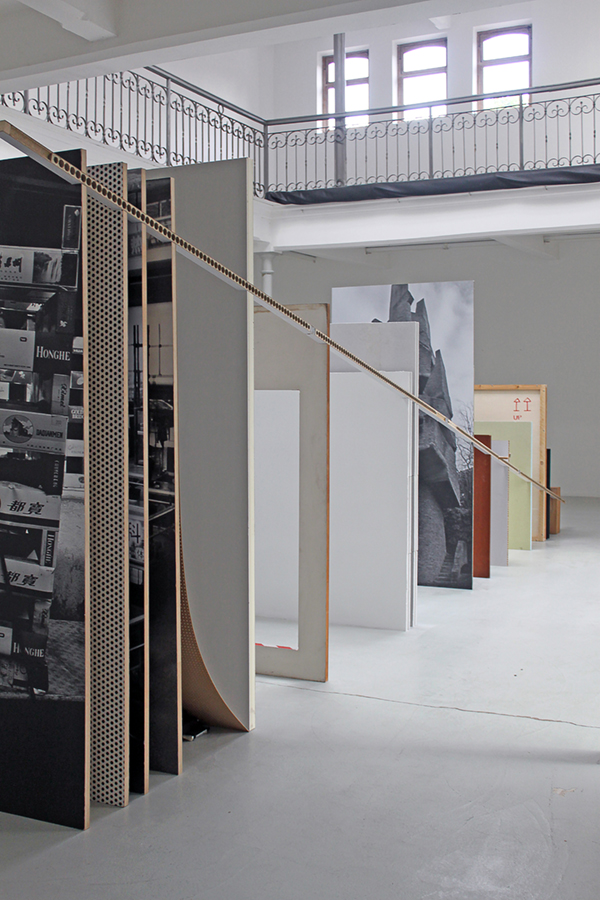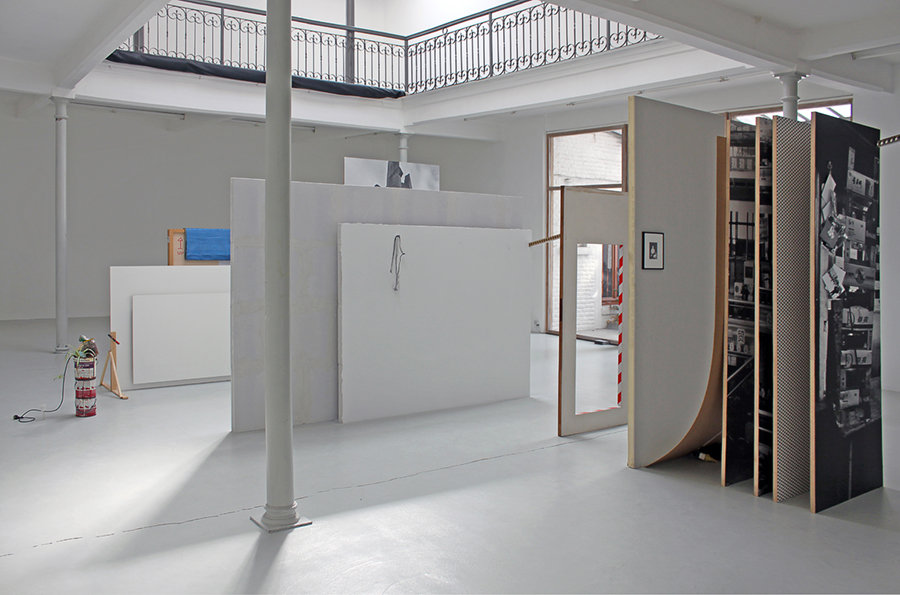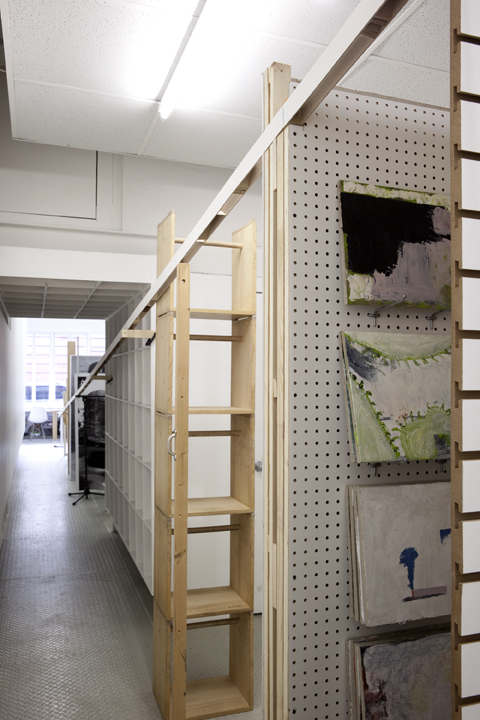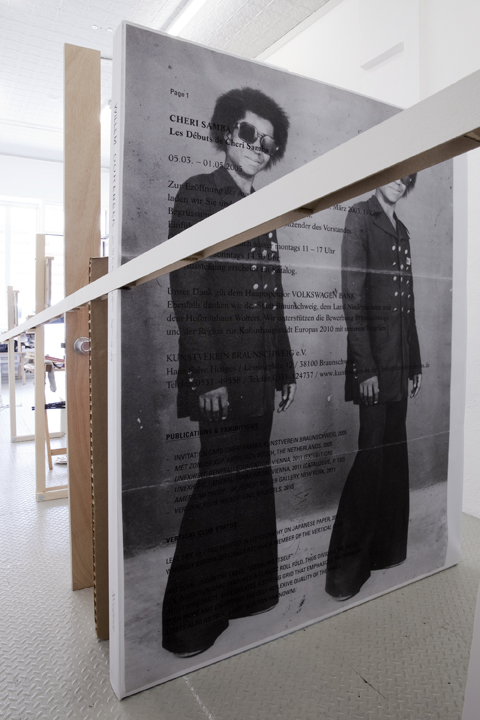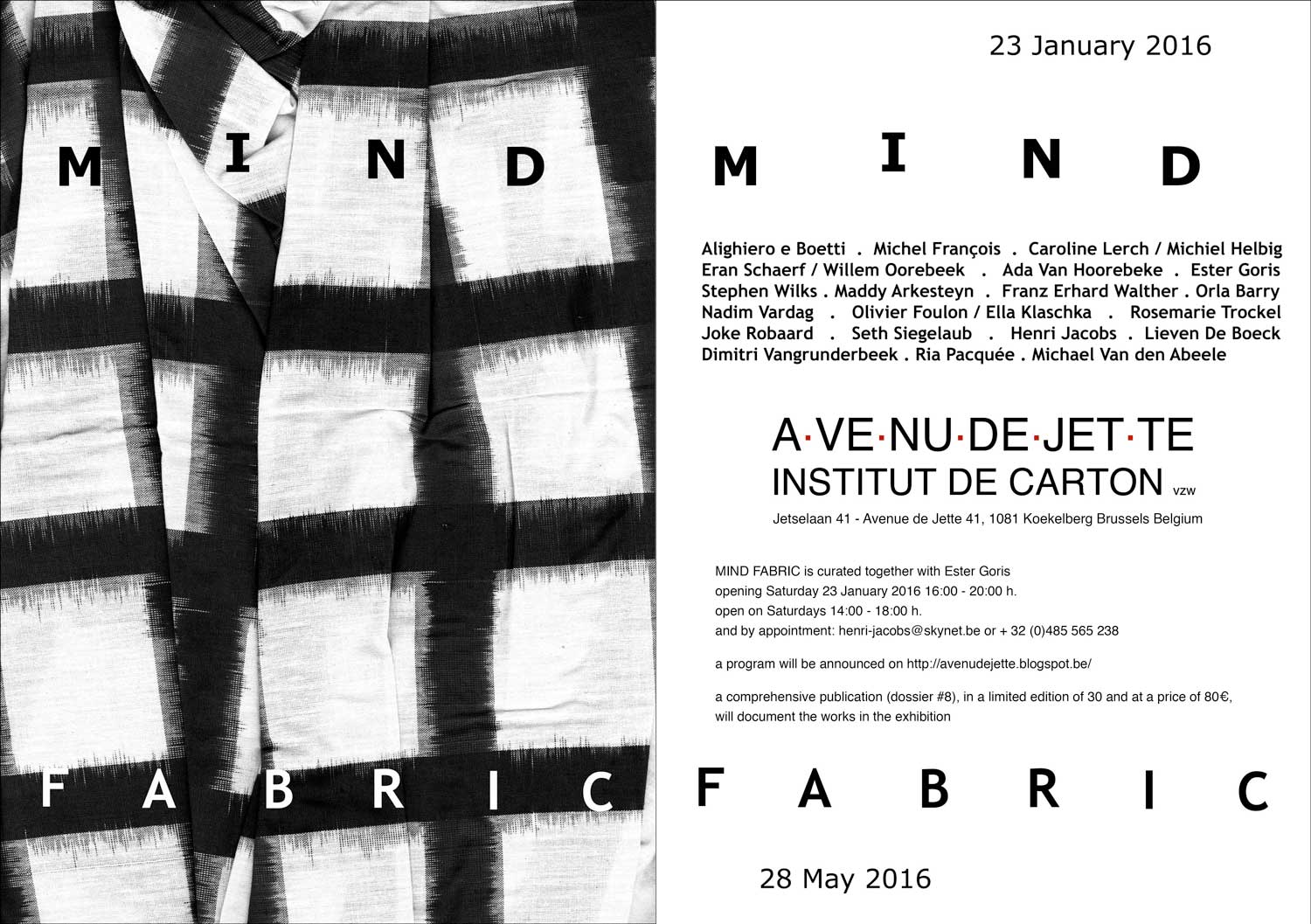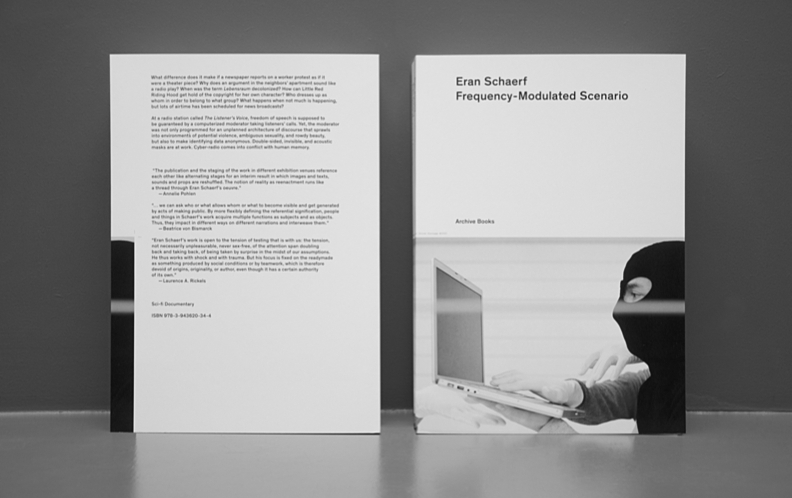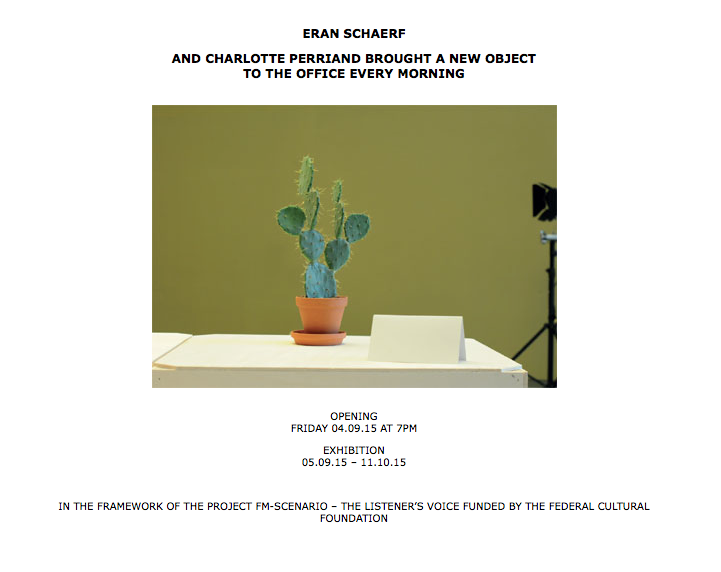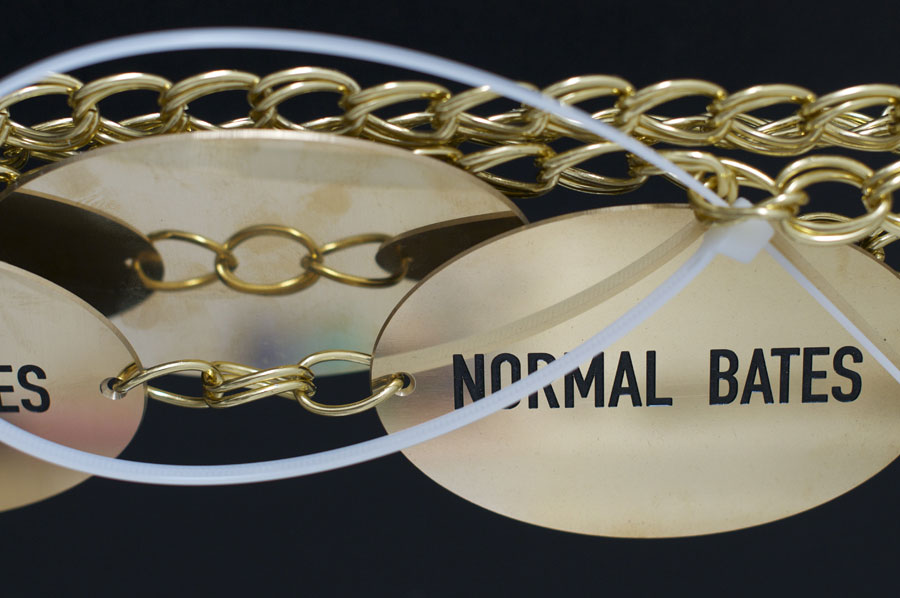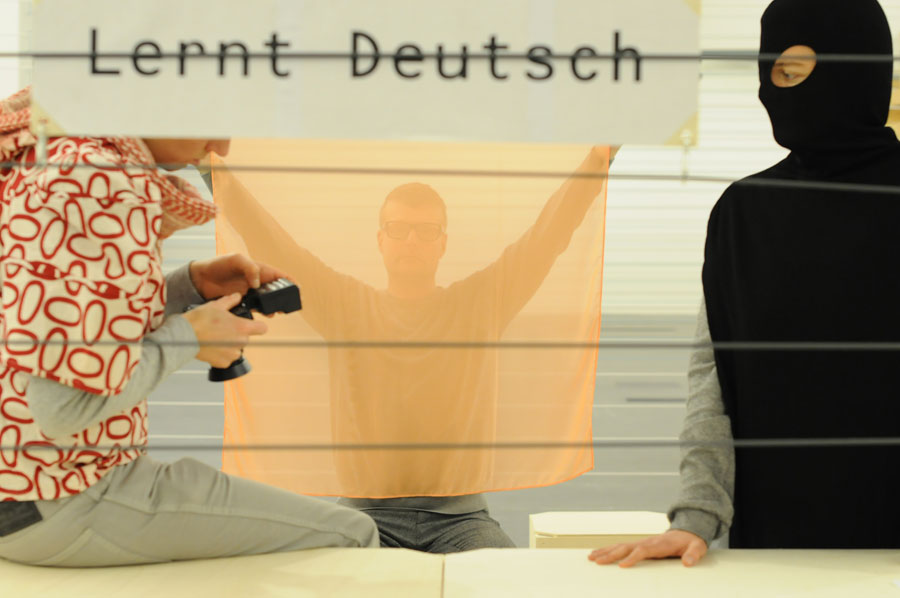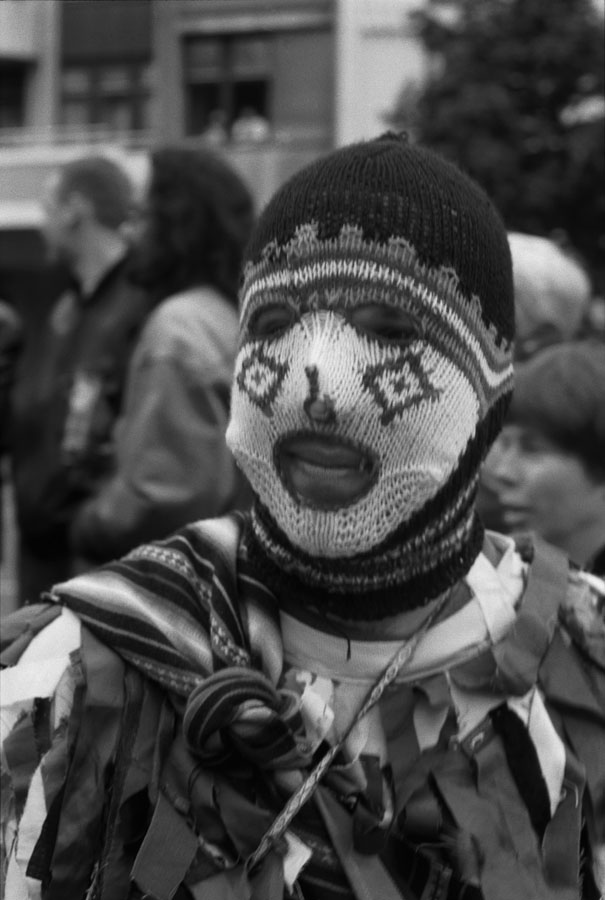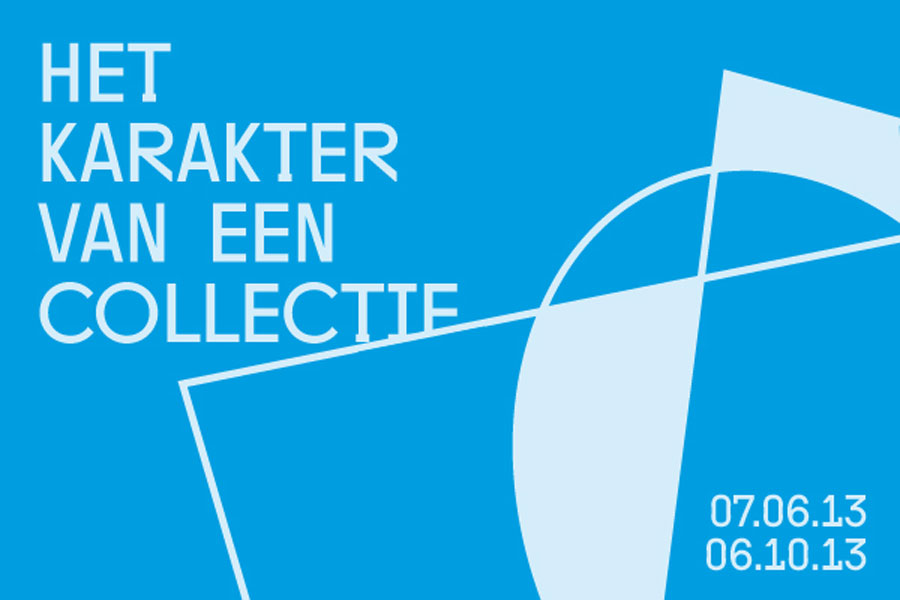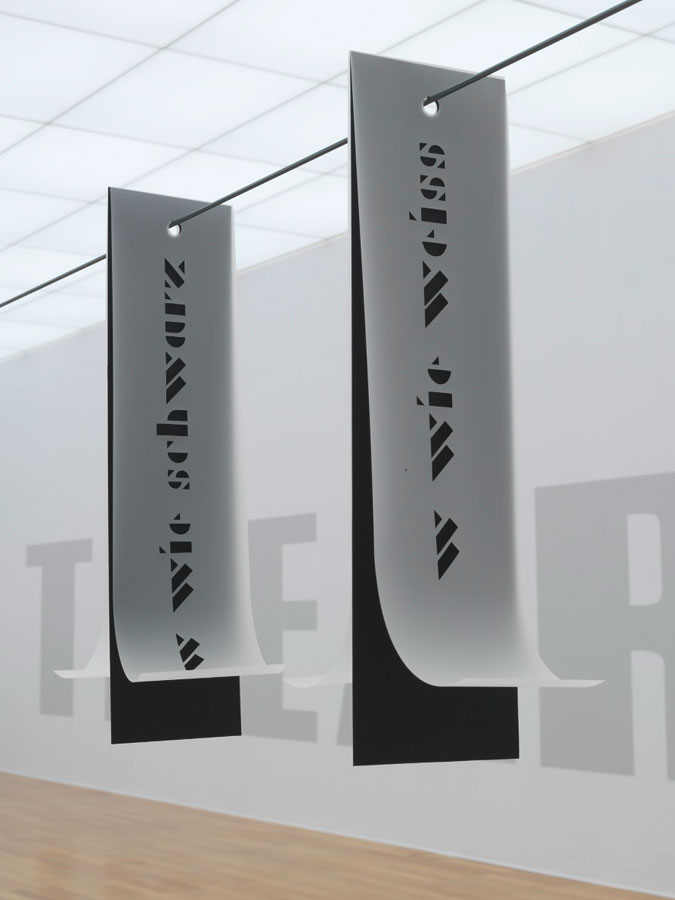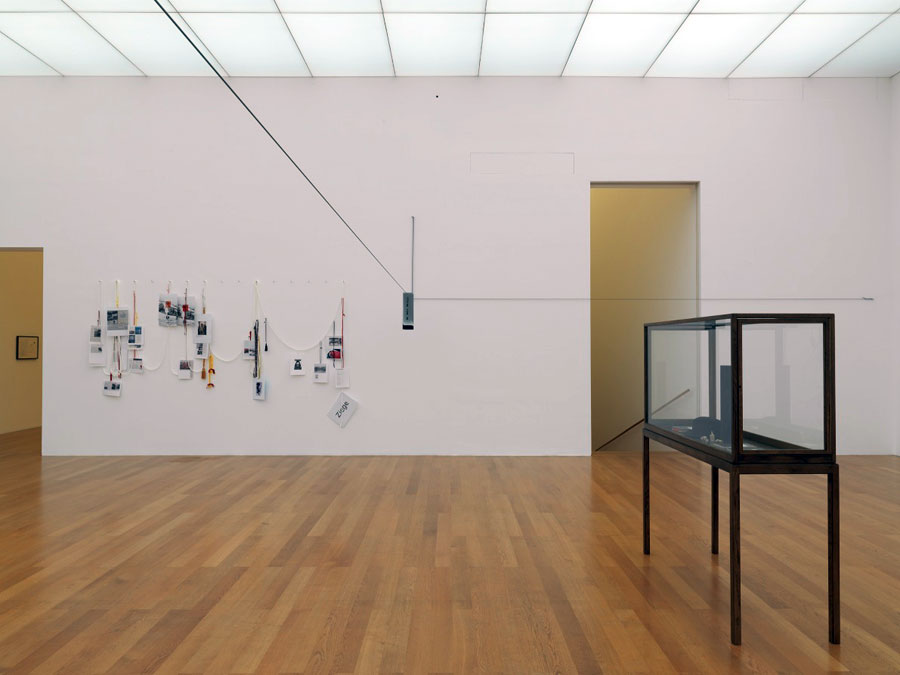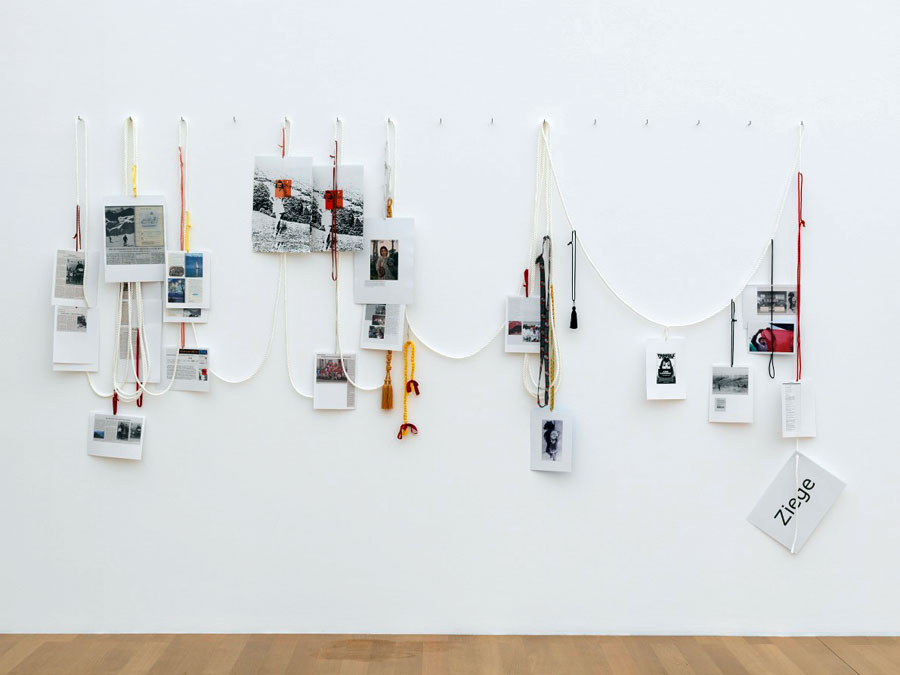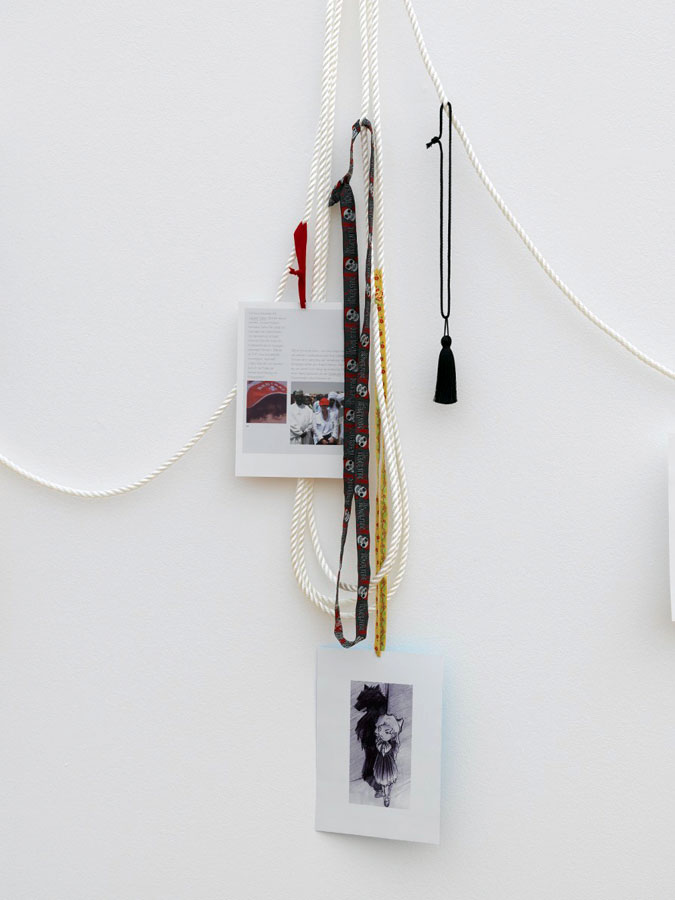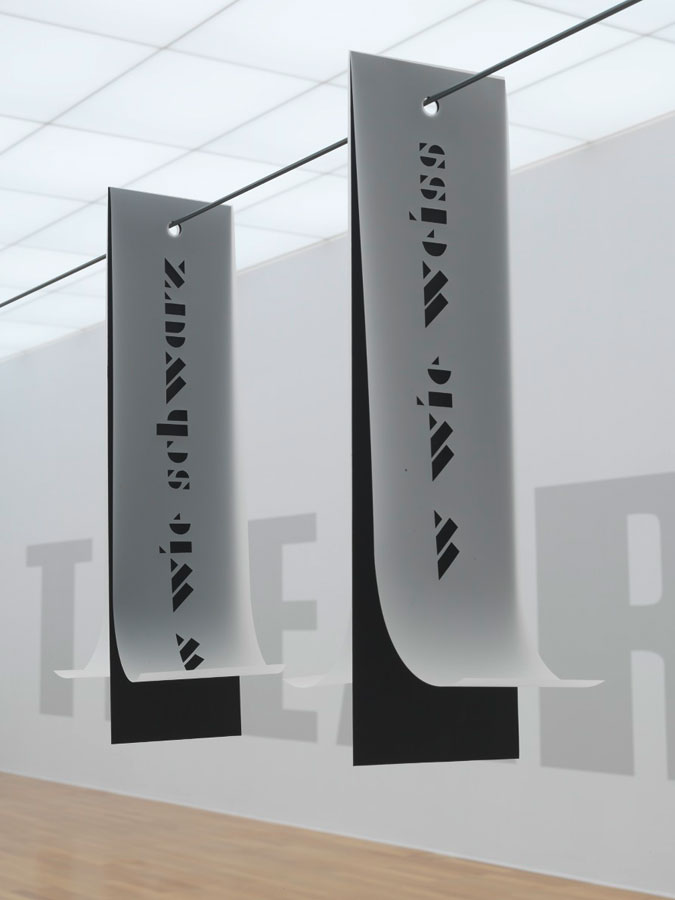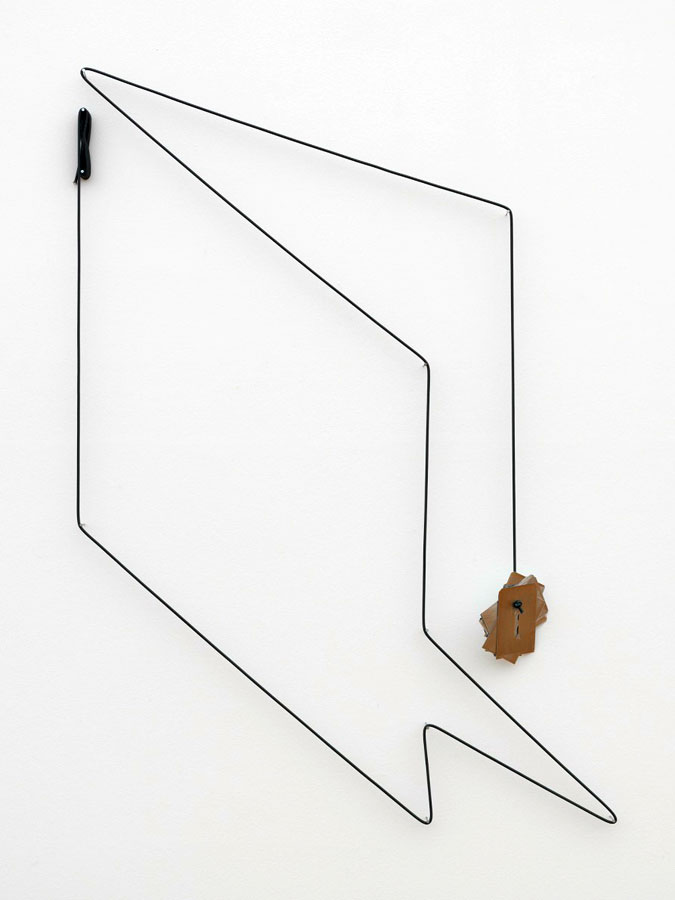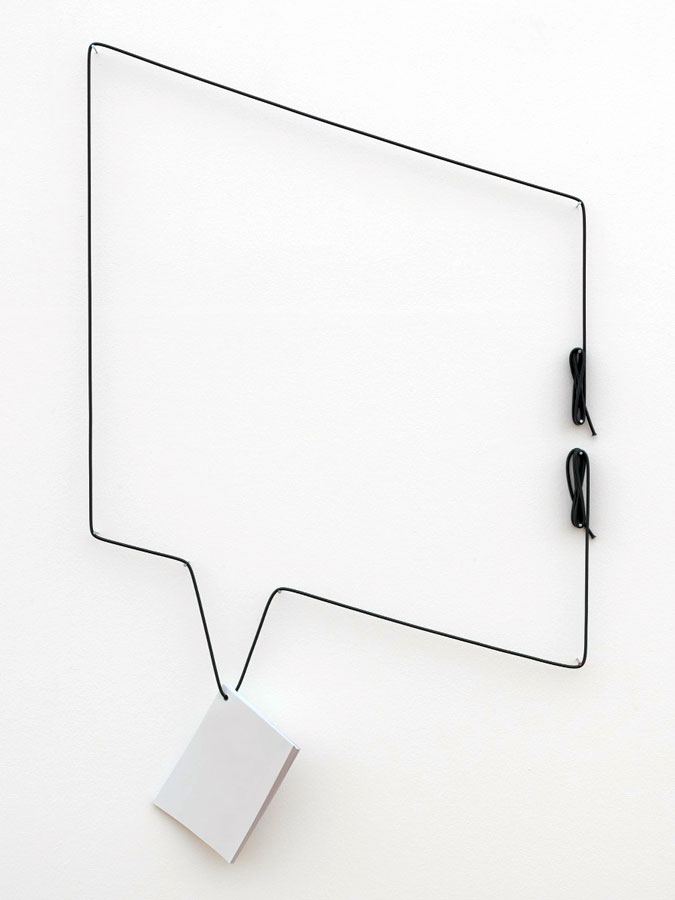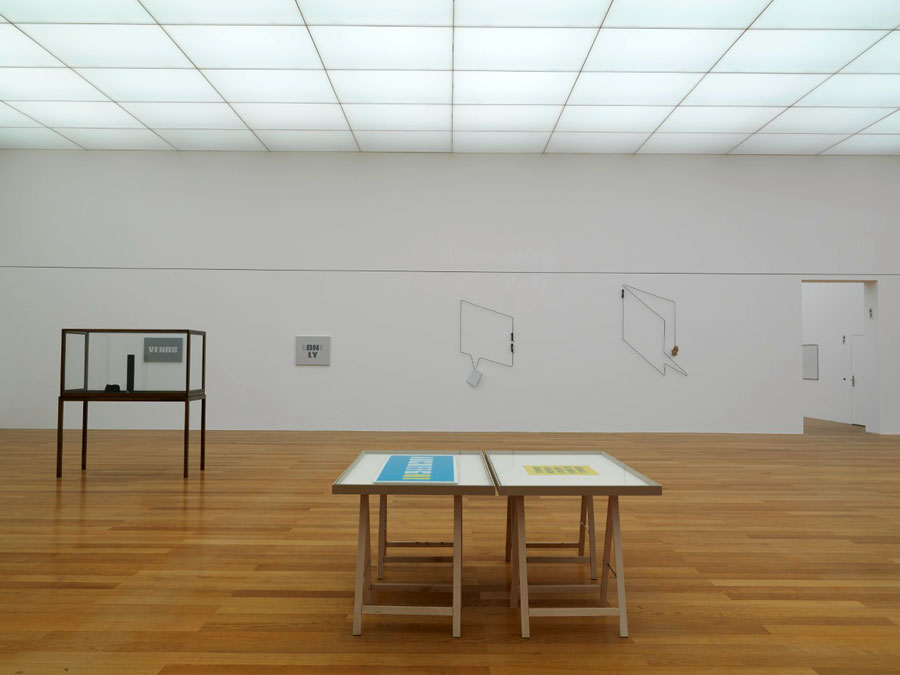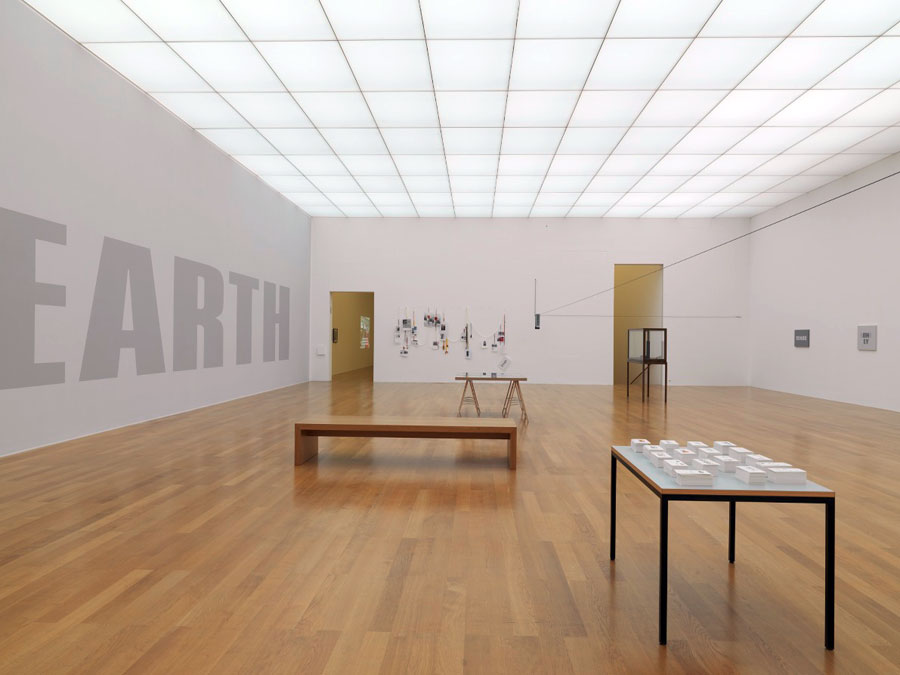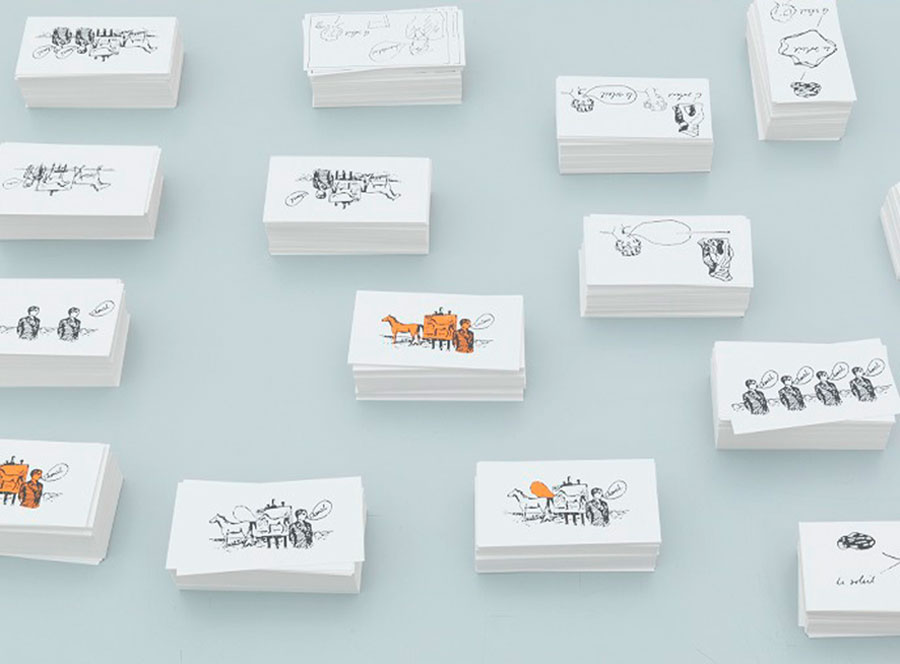Eran Schaerf & Eva Meyer participent à l’exposition « La Répétition mise à l’épreuve », organisée par VOX, centre de l’image contemporaine, la Galerie Leonard & Bina Ellen et SBC galerie d’art contemporain à Montréal (Québec). Jusqu’au 26 novembre 2016
VOX, centre de l’image contemporaine, la Galerie Leonard & Bina Ellen et SBC galerie d’art contemporain accueilleront à l’automne 2016 un événement majeur intitulé La répétition mise à l’épreuve complété par un programme de films présenté à la Cinémathèque québécoise et à VOX. Les trois commissaires de l’exposition, Sabeth Buchmann, Ilse Lafer et Constanze Ruhm, réuniront plus de cinquante artistes de la scène internationale, qui examinent un ensemble de positions et de stratégies en art contemporain où la répétition est envisagée à la fois comme sujet et comme pratique. Si le thème de la « répétition » est fréquemment abordé au cinéma et au théâtre, de même que dans le domaine des beaux-arts, il est rarement pris en considération en histoire de l’art ou dans le discours sur l’art contemporain. C’est dans cette optique que l’exposition La répétition mise à l’épreuve interroge le rôle et la fonction de la notion de « répétition », conçue à la fois comme une méthodologie, un modus operandi et un médium, ainsi qu’un site de représentation et de réflexion pour les processus de production artistiques.
VOX, centre de l’image contemporaine, the Leonard & Bina Ellen Art Gallery and SBC Gallery of Contemporary Art will host a major event entitled Putting Rehearsals to the Test, accompanied by a film program presented at the Cinémathèque québécoise and at VOX. The three curators of the exhibition, Sabeth Buchmann, Ilse Lafer, and Constanze Ruhm, bring together over fifty international artists who address a set of positions and strategies in contemporary art that consider rehearsal as both subject and practice. While the subject of “rehearsal” is popular in film and theater, as well as in the fine arts, it has been scarcely considered in historical and contemporary art discourses. It is with this in mind that the exhibition Putting Rehearsals to the Test investigates the role and function of the notion of “rehearsal,” understood as a methodology, a modus operandi, a medium, a site of representation and reflection for artistic production processes.
Avec / With : Marwa Arsanios, Judith Barry, Martin Beck, Rainer Bellenbaum, Cana Bilir-Meier/Liesa Kovacs/Lisa Kaeppler en collaboration avec Nora Jacobs, Merlin Carpenter, Keren Cytter, Carola Dertnig, Discoteca Flaming Star, Loretta Fahrenholz, Harun Farocki, Heike-Karin Foell, Marie Claire Forté et Alanna Kraaijeveld en dialogue avec Sophie Bélair Clément, Hanako Geierhos, Jean-Luc Godard, Ana Hoffner, Oliver Husain, Richard Ibghy & Marilou Lemmens, On Kawara, Jutta Koether, Eva Könnemann, Krüger & Pardeller, Achim Lengerer (en collaboration), Rashid Masharawi, Jasmina Metwaly et Philip Rizk, Eva Meyer et Eran Schaerf, minimal club, Regina (Maria) Möller, Yoko Ono, Silke Otto-Knapp, Falke Pisano, Mathias Poledna, Marlies Pöschl, Isa Rosenberger, Constanze Ruhm, Susanne Sachsse, Klaus Scherübel, Eske Schlüters, Maya Schweizer, Wendelien van Oldenborgh, Clemens von Wedemeyer, Tanja Widmann, Katarina Zdjelar, Heimo Zobernig.
Vue de l’exposition La répétition mise à l’épreuve – En cours de production : l’image post-dramatique. Photo: Michel Brunelle.
(…) Dans l’installation d’Eva Meyer et d’Eran Schaerf, intitulée Pro Testing (2010), le concept d’ensembles temporaires devient à la fois une manifestation d’une répétition et, inversement, la répétition d’une manifestation, ainsi que le suggère le titre. Or c’est précisément la répétition qui provoque l’émergence des sujets politiques ; c’est en testant les règles du jeu que l’on que l’on obtient véritablement un « produit performatif », lequel s’avère à son tour être une répétition d’interactions sociales. Ceci met à contribution les principales caractéristiques des récits allégoriques : l’appropriation, la répétition et la métonymie. Sans oublier les trois termes centraux autour desquels l’œuvre de Meyer et Schaerf s’articule – Tableau (art, esthétique), Drapeau (signe d’identité nationale) et Bateau (une référence à l’histoire de l’art, mais également un signifiant contemporain dépourvu de référent) – qui symbolisent le parcours de l’esthétique au politique, en référence évidente et explicite à l’œuvre Un voyage en mer (1973) du Nord de Marcel Broodthaers. On relève ici le passage de la technologie à la peinture, une allégorie en cours de transition qui n’est pas sans rappeler la constellation de Widman.(…)
(…)In Eva Meyer and Eran Schaerf’s installation Pro Testing (2010), the notion of “temporary ensembles” transforms into both a demonstration of a rehearsal and, vice-versa, a rehearsal of a demonstration, as the title already suggests. It is precisely the rehearsal that triggers the becoming of political subjects. To test the rules of the game is the “performative product,” which turns out to be a rehearsal of social interactions. This implies significant characteristics of allegorical narratives: appropriation, repetition and metonymy. Not least, three central terms on which the work is based—Tableau (art, aesthetics), Drapeau (the flag as a sign of national identity) and Bateau (on the one hand, as art-historical reference; on the other, as contemporary media signifier without referent)—describe precisely the route from the aesthetic to the political, explicitly referencing, of course, Marcel Broodthaers and his work Voyage on the North Sea (1973). Here, a shift between technology and painting becomes discernible, an allegory in transition not unlike Widmann’s constellation.(…)
Eva Meyer and Eran Schaerf, Pro-testing, 2010, film stil
Plus d’information ici
[sociallinkz]
